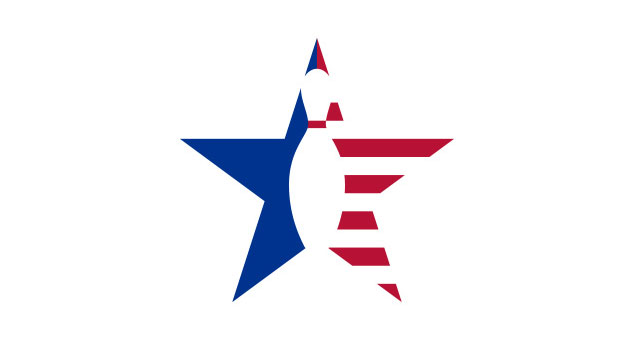Lane #1: Time Bomb Black Fire

50 Hook 15 Length 14.5 Breakpoint Shape
Core Design: The higher RG level (2.57) of the hour-glass inverted Diamond core supplies length and, later, revs. Its Diff level of .055 offers nearly 6” of track flare. The symmetric core also was used in the original Time Bomb.
Coverstock: The Power Snap 17 light load particle cover is factory polished with a mid-sheen compound. Colors are fire orange and black. The response time off drier boards was moderate, while oil traction with box finish was average. Scuffing increased oil traction significantly.
Manufacturer’s Intent: “The Time Bomb Black Fire was designed to play on fresher over/under conditions, whereas the original Time Bomb works best on broken-down shots,” said Lane #1’s Richie Sposato. “The polished solid Power Snap 17 coverstock gives you a clean roll through the heads while allowing a quick, yet controlled, snap roll on the backend. The polished box finish works well on medium conditions, but a quick wet sand gives you all the pick-up needed to conquer heavier oil conditions.”
Test Results: The high RG core provides some early core lope, but then kicks into high gear soon after encountering friction. The fact that the Time Bomb Black Flare incorporates a particle additive tempers the aggressiveness downlane. We saw 5-6 boards less total hook when compared to a like-drilled original Time Bomb. It also was noticeably cleaner through the midlane with its box polished finish. Rev-challenged or high-speed players looking for an earlier move should choose Lane #1’s lower RG counterparts.
When to Use: Bowlers can use the TBBF as a benchmark or control ball for many medium oil volumes. Adding a higher gloss finish and using long pin distances of 5 to 5.5” can create some skid/flip from this symmetric core design. We did notice above-average energy retention for slower speed testers, and for those with lower rev rates. Scuffing the surface with 2000 Abralon gave us a similar motion to that of the original, though. Our most usable layouts on our five test patterns were with a 4.5” pin located just above the ring finger.





